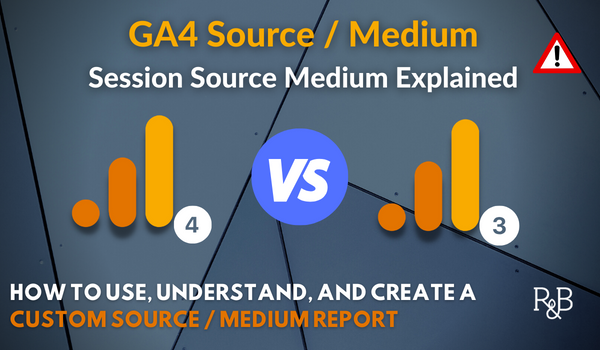Understanding Secondary Dimensions in Google Analytics: Definition and Critical Combination
Wiki Article
Introducing the Effect of Additional Dimension in Google Analytics on Information Evaluation and Insights
In the world of data analytics, the application of secondary measurements within Google Analytics has actually emerged as a crucial device for extracting much deeper understandings and unraveling facility patterns that could otherwise stay covered. By peeling off back the layers of primary information collections, secondary dimensions use a nuanced viewpoint that enhances the understanding of user actions, website efficiency, and the efficiency of advertising approaches.Checking Out the Idea of Second Measurements
Secondary dimensions in Google Analytics give extra understandings by enabling users to examine primary information in conjunction with a second characteristic. By including secondary dimensions, customers can delve deeper right into the data and discover beneficial connections that could or else go unnoticed - what is a secondary dimension in google analytics.Recognizing the concept of additional dimensions is critical for taking full advantage of the potential of Google Analytics. It enables users to segment information effectively, recognize patterns, and make educated choices based on an extra full image of their analytics data. By exploring the numerous second measurements readily available in Google Analytics, individuals can unlock new understandings and enhance their electronic marketing efforts. In essence, secondary measurements function as an effective device for enhancing data analysis and driving workable outcomes.
Enhancing Data Interpretation With Secondary Measurements
Having actually established the foundational understanding of second measurements in Google Analytics and their essential function in data evaluation, the emphasis currently moves towards leveraging these secondary credit to boost the analysis of analytics data (what is a secondary dimension in google analytics). By including second dimensions right into information analysis, experts can acquire deeper understandings into user actions, site performance, and marketing performance

Furthermore, second measurements assist in contextualizing main data metrics by providing additional layers of details. This contextualization help in understanding the 'why' behind the data trends, helping analysts make educated choices and optimizations to improve total efficiency. Eventually, integrating second dimensions enhances the data interpretation process, leading to even more meaningful understandings and critical activities.
Uncovering Hidden Insights Through Additional Dimensions
Discovering the depths of analytics information with secondary dimensions reveals important understandings that would or else remain obscured. By including secondary measurements in Google Analytics, companies can uncover hidden patterns, patterns, and relationships that give an even more extensive understanding of have a peek at these guys customer habits and internet site efficiency. These added layers of information permit analysts to delve much deeper right into the primary dimensions, such as website traffic sources or landing web pages, and obtain a much more nuanced viewpoint on how different variables connect with each other.With the use of secondary dimensions, experts can section and compare data throughout numerous measurements, enabling them to identify details elements that affect user engagement, conversion rates, and total success metrics. By matching the main measurement of 'device classification' with the additional dimension of 'age group,' marketing experts can identify which age demographics favor accessing the website via mobile devices versus desktops.
Leveraging Additional Dimensions for Actionable Analytics
Structure upon the insights revealed via additional measurements in Google Analytics, services can now harness this enriched information landscape to drive workable analytics and strategic decision-making. By leveraging secondary dimensions, organizations can dig deeper right into their data to draw out useful patterns, trends, and correlations that might have formerly gone unnoticed. This much deeper level of analysis makes it possible for organizations to gain an extra thorough understanding of customer behavior, project efficiency, and overall website performance.One secret advantage of using additional dimensions for actionable analytics is the capacity to segment data based upon details criteria. This division allows businesses to customize their campaigns and approaches to various audience teams, bring about more targeted and effective advertising and marketing initiatives - what is a secondary dimension in google analytics. Furthermore, additional measurements offer an even more alternative sight of customer communications, enabling organizations to maximize their internet site content, design, and overall individual experience
Optimizing Decision-Making With Second Measurements
To improve strategic decision-making in analytics, leveraging additional dimensions in Google Analytics can give a more nuanced viewpoint on user habits and campaign performance. By incorporating additional measurements right into information evaluation, businesses can dig deeper into the specifics of their internet site site visitors' interactions and involvement patterns. This additional layer of details enables a much more thorough understanding of how various variables, such as demographics, devices, or website traffic sources, impact essential efficiency indicators.Verdict
To conclude, making use of additional measurements in Google Analytics plays a vital function in enhancing data evaluation and discovering covert understandings. By exploring this concept, one can obtain a Going Here deeper understanding of customer behavior and make notified choices based on workable analytics. Leveraging second dimensions permits for a more thorough interpretation of information and takes full advantage of the effectiveness of decision-making procedures.
Report this wiki page